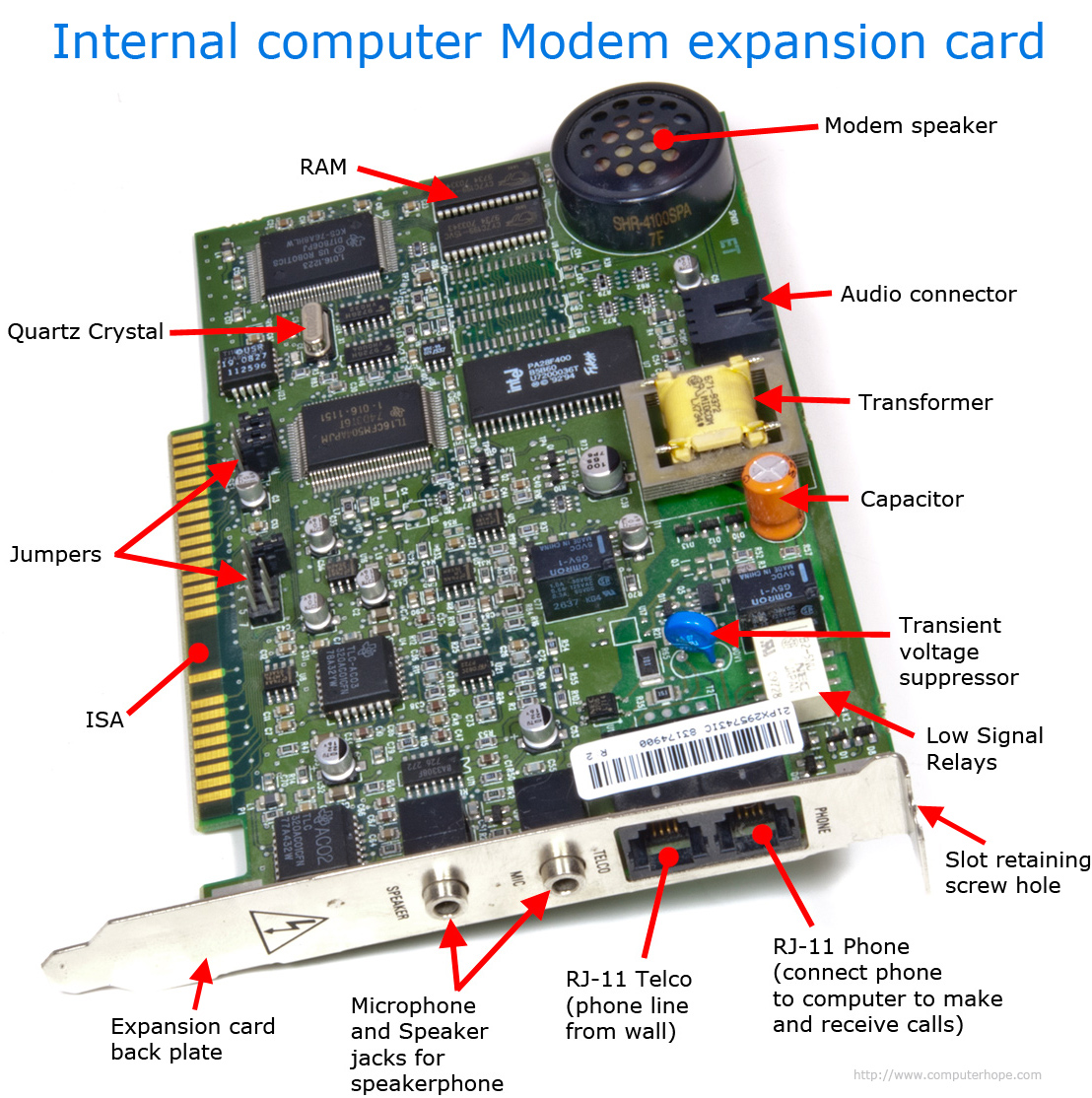Short for accelerated graphics port, AGP is an advanced port designed for video cards and 3D accelerators. Developed by Intel and introduced in August 1997, AGP introduces a dedicated point-to-point channel that allows the graphics controller direct access to the system memory. Below is an illustration of what the AGP slot may look like on your motherboard.
Expansion Slots Types And Functions Worksheet

Feb 16, 2017 Ah, finally a question I can sink my teeth into. That is an excellent question. What is the function of a PCI slot? Well, congratulations sir! You have used the proper wording in asking your question. Most people would ask this by saying: “What do.
The AGP channel is 32-bits wide and runs at 66 MHz, which is a total bandwidth of 266 MBps and much greater than the PCI bandwidth of up to 133 MBps. AGP also supports two optional faster modes, with a throughput of 533 MBps and 1.07 GBps. It also allows 3-D textures to be stored in main memory rather than video memory.
AGP is available in three different versions, the original AGP version mentioned above, AGP 2.0 that was introduced in May 1998, and AGP 3.0 (AGP 8x) that was introduced in November 2000. AGP 2.0 added 4x signaling and was capable of operating at 1.5V, and AGP 3.0 was capable of double the transfer speeds.


Where is AGP on the motherboard
NoteToday, AGP has been replaced by PCI Express.
A computer with AGP support has one AGP slot next to all other expansion slots or an onboard AGP video. If you needed more than one video card in the computer, you can have one AGP video card and one PCI video card or use a motherboard that supports SLI.
TipNot all operating systems support AGP because of limited or no driver support. For example, Windows 95 did not support AGP.
What is AGP Pro?
AGP Pro is an AGP interface extension specification for advanced workstations. This specification delivers additional power to video cards, includes an extended connector, thermal envelope, mechanical specifications, I/O bracket, and motherboard layout requirements.
Related pages
AGP Aperture, AIMM, Bus, Computer acronyms, Expansion slot, Hardware terms, Motherboard terms, Video card terms
You can expand your PC internally by adding additional circuitry boards. Those boards, or expansion cards, plug directly into expansion slots on the motherboard (as shown in this figure). So, you can expand your computer system by adding options not included with the basic PC. Here are the types of expansion slots your PC may have:
PCI Express: The best type of expansion slot to have in your PC is the PCI Express, also written as PCIe. Without boring you, the PCI Express type of expansion slot communicates with the motherboard, and therefore with the microprocessor, both quickly and efficiently.
PCI: The PCI slot is the most common form of internal expansion for a PC.
Some PCs have a mixture of PCI and PCI Express slots. If so, go with PCI Express when you have that option.
AGP: This type of expansion slot was specifically designed to deal with graphics adapters. In fact, AGP stands for Accelerated Graphics Port. Older PCs may sport this expansion slot, but the best video cards use PCI Express.
ISA: The most ancient type of expansion slot is the ISA, which stands for (get this) Industry Standard Architecture. That’s because it never really had a name until another, better type of expansion slot came along. ISA slots hang around to be compatible with older expansion cards.